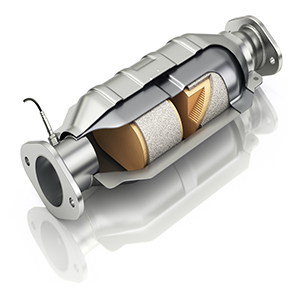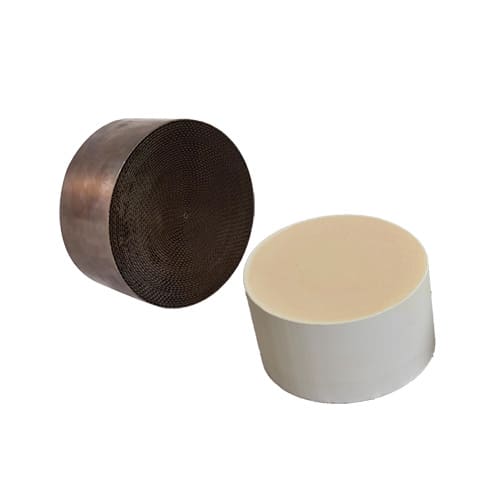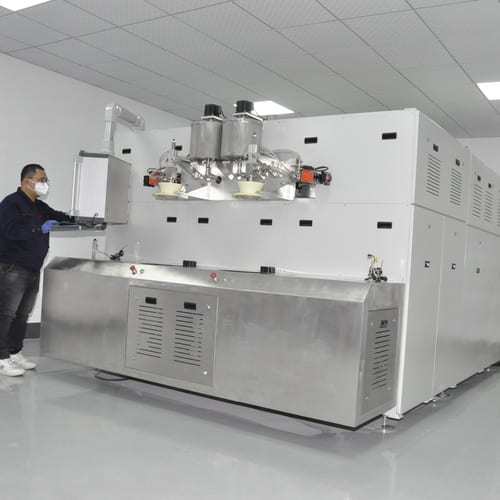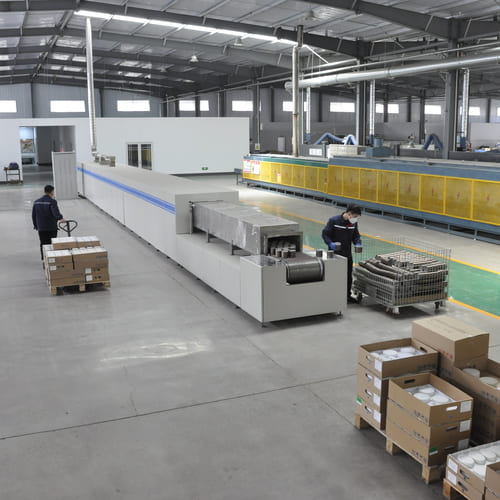Have you ever wondered what lies inside a catalytic converter that makes it so effective at reducing harmful emissions? Imagine a device that can transform toxic gases into less harmful ones as they pass through your car’s exhaust system. How does it achieve this? The secret lies in its intricate components. So, what are the main components of a catalytic converter?

A catalytic converter consists of three primary components: the core or substrate, the washcoat, and the catalyst. These components work together to facilitate the chemical reactions that convert harmful gases into less harmful substances.
This article will delve into each of these components, explaining their roles and how they contribute to the overall function of the catalytic converter. By the end, you’ll have a clear understanding of what makes catalytic converters so crucial for reducing vehicle emissions.
The Core or Substrate
What Is the Core?
The core, also known as the substrate, is the heart of the catalytic converter. It is typically made from a ceramic or metallic material and features a honeycomb structure. This honeycomb design provides a large surface area while minimizing the amount of material used, making it both efficient and cost-effective.

Why Is the Honeycomb Structure Important?
The honeycomb structure is vital because it increases the surface area available for the catalytic reactions to occur. This design allows the exhaust gases to flow through numerous small channels, ensuring maximum contact with the catalyst material. The increased surface area enhances the efficiency of the catalytic converter, enabling it to treat a larger volume of exhaust gases effectively.
The Washcoat
What Is the Washcoat?
The washcoat is a layer that covers the core or substrate. It is usually made from materials like aluminum oxide, silicon dioxide, or titanium dioxide. The primary function of the washcoat is to disperse the catalyst materials over the core, increasing the overall surface area available for the catalytic reactions. SKY emission has a dedicated R&D team to develop different formulations to meet the emission needs of different customers.

How Does the Washcoat Enhance Efficiency?
The washcoat acts as a carrier for the catalyst materials, ensuring they are evenly distributed across the core. This even distribution maximizes the contact between the exhaust gases and the catalyst, enhancing the efficiency of the catalytic reactions. The washcoat also helps to stabilize the catalyst materials, ensuring they remain effective over the lifespan of the catalytic converter.
The Catalyst
What Is the Catalyst?
The catalyst is the active component of the catalytic converter that facilitates the chemical reactions needed to convert harmful gases into less harmful substances. It is typically composed of precious metals such as platinum, palladium, and rhodium. These metals are chosen for their ability to withstand high temperatures and their effectiveness in catalyzing the required reactions.
What Reactions Does the Catalyst Facilitate?
The catalyst facilitates several key reactions:
- Oxidation of Carbon Monoxide (CO): Converts carbon monoxide into carbon dioxide (CO2).
- Oxidation of Hydrocarbons (HC): Converts unburned hydrocarbons into carbon dioxide (CO2) and water (H2O).
- Reduction of Nitrogen Oxides (NOx): Converts nitrogen oxides into nitrogen (N2) and oxygen (O2).
These reactions collectively reduce the emission of harmful gases, making the exhaust gases less toxic and more environmentally friendly.

Conclusion
The main components of a catalytic converter—the core or substrate, the washcoat, and the catalyst—work together to reduce harmful emissions from vehicle exhaust. The core provides a large surface area for the reactions to occur, the washcoat disperses and stabilizes the catalyst materials, and the catalyst facilitates the chemical reactions needed to convert toxic gases into less harmful substances. Understanding these components helps us appreciate the crucial role catalytic converters play in protecting the environment and ensuring cleaner air.


